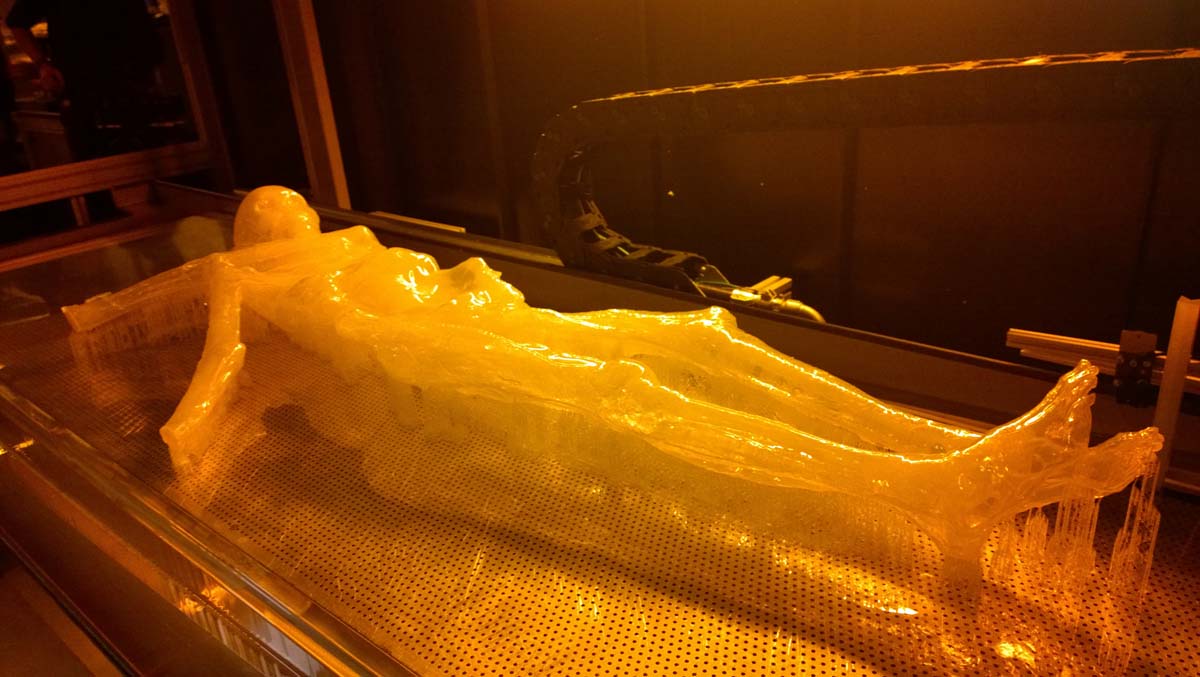 |
| CC Jacob W. Frank |
The thing I like best about writing middle-grade non-fiction books is that you're always learning something new. The research I'm doing this week has led me north to the Yukon and Nunavut, where I've been learning about the caribou. For instance, some populations of caribou have been reduced by 95 percent in the past 15-20 years. That seems incredible.
I've also been reading Bill Waiser's A World We have Lost: Saskatchewan Before 1905, and his vivid description of the buffalo herds on the prairies a century ago. These buffalo created a whole ecosystem just by foraging on the land, Waiser says. The wanton slaughter of some 4-5 million buffalo in the 1870s led to famine and severe environmental change across the prairies. Looking out my window at the busy streets of Regina, I try to imagine how different life would be today if that hadn't happened. So, when I read about the decimation of the caribou herds, I can't help but wonder what effect this will have on our future.
 |
| CCAlfred Cook |
Scientists are working together with the Inuit to see how changing weather patterns affect the ecosystem of the north. For example, studies of the sea ice show how important that ecosystem is to all life in the north. One resource that brings out these findings is the Inuit Siku (Sea Ice) Atlas at http://sikuatlas.ca/sea_ice.html, as Claire Eamer shares in her Sci/Why post from 2013.
 |
| CCAllen Shimada |
Will our efforts be in time to save these majestic animals?
Here are some more links to information about the Arctic and the caribou:
Bergerud, A. T. “Caribou.” The Canadian Encyclopedia. http://www.thecanadianencyclopedia.ca/en/article/caribou/
Braun, David Maxwell. "Inuit Knowledge Critical to Arctic Science." National Geographic Society , August 18, 2011 http://voices.nationalgeographic.com/2011/08/18/inuit-knowledge-critical-to-arctic-science/
Eamer, Claire. "Over, under, and on Arctic sea ice." Sci/Why 2013. http://sci-why.blogspot.ca/2013/03/over-under-and-on-arctic-sea-ice.html
Lunn, Susan. "Caribou still under threat despite changing political climate, report says." CBC News, Dec. 14, 2015. http://www.cbc.ca/news/politics/caribou-still-under-threat-despite-changing-political-climate-report-says-1.3359751
Northern Involvement: Changing Animal Populations - Science Canada - July 22, 2016 http://www.science.gc.ca/default.asp?lang=En&n=CC02ABC9-1
https://www.youtube.com/watch?v=99f_VVHuR2I&feature=youtu.be
Rudolph, T. D., Drapeau, P., St-Laurent, M-H. and Imbeau, L. 2012. "Status of Woodland Caribou (Rangifer tarandus caribou) in the James Bay Region of Northern Quebec." (Scientific report) http://www.gcc.ca/pdf/Final-Rapport-Status-of-Woodland-Caribou-James-Bay_Eeyou-Istchee.pdf
"Traditional Inuit knowledge combines with science to shape weather insights." Science Daily, April 7 2010. https://www.sciencedaily.com/releases/2010/04/100407190000.htm
Weatherhead et al. "Changes in weather persistence: Insight from Inuit knowledge." Global Environmental Change, 2010; DOI: 10.1016/j.gloenvcha.2010.02.002 http://www.sciencedirect.com/science/article/pii/S0959378010000087
Marie Powell lives on Treaty 4 land in Regina, Saskatchewan. She is the author of close to 40 children's and young adult books, including the historical fantasy Hawk (2015). She enjoys writing about science, history, and any subjects that help promote literacy.








